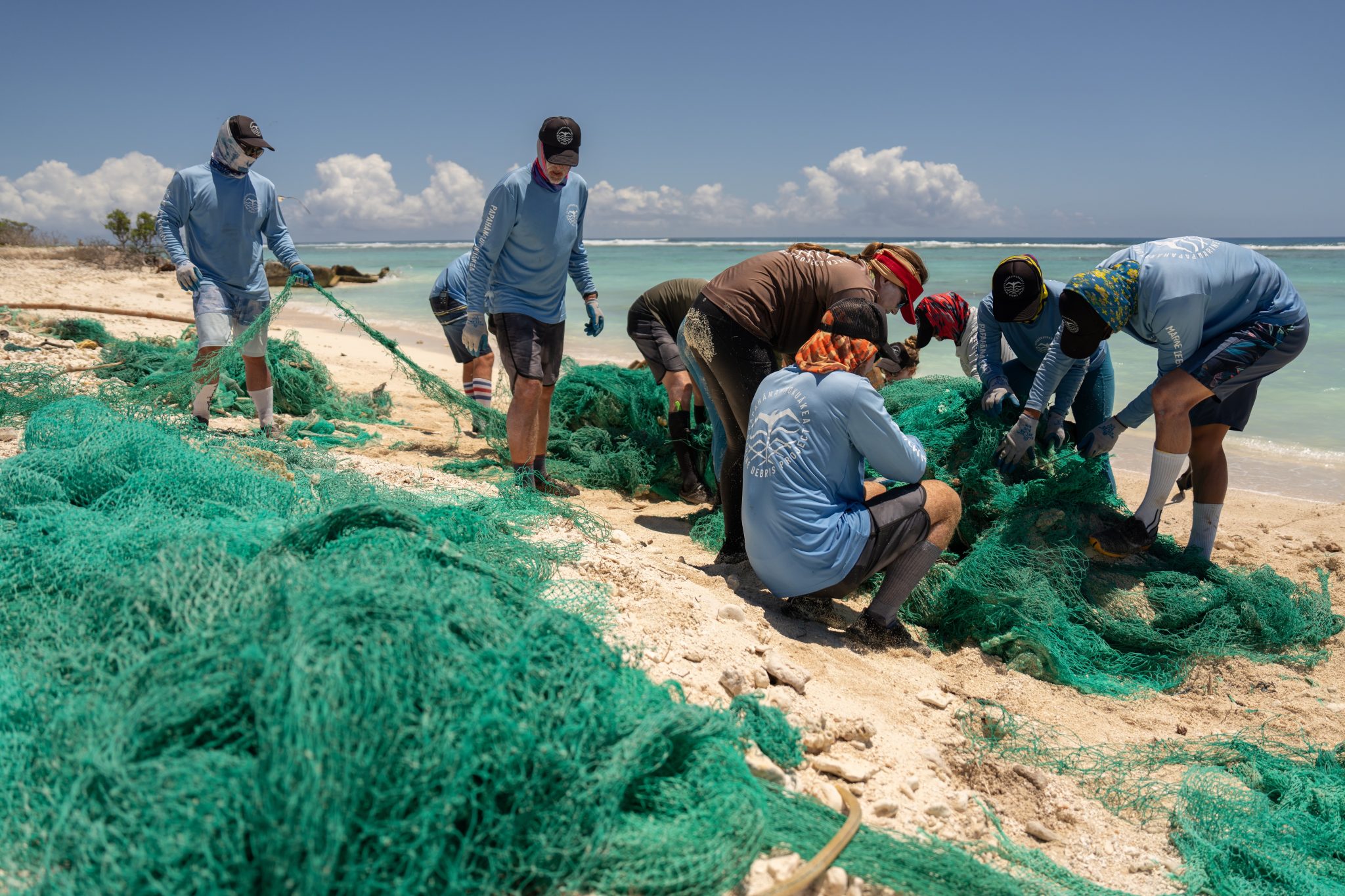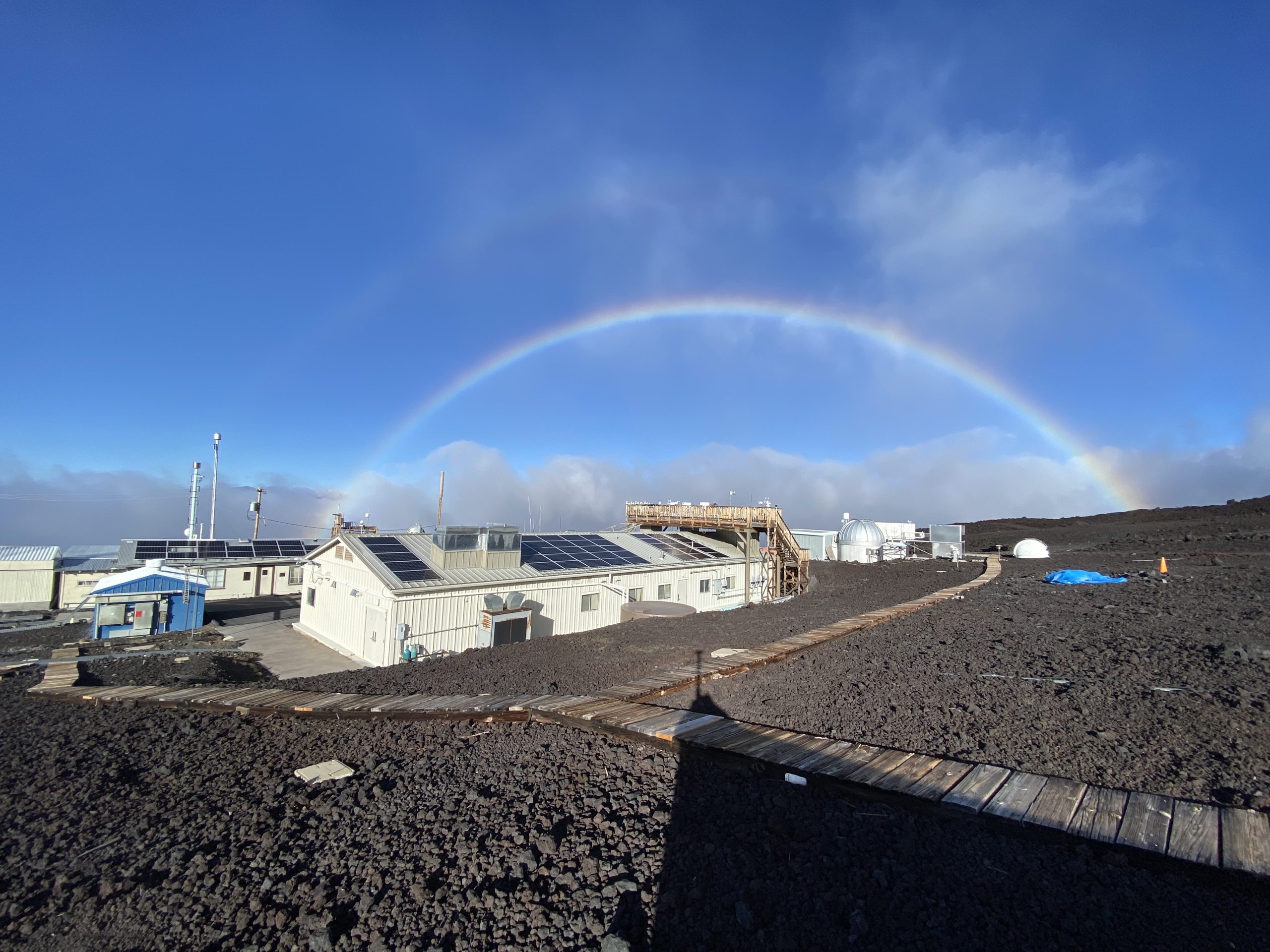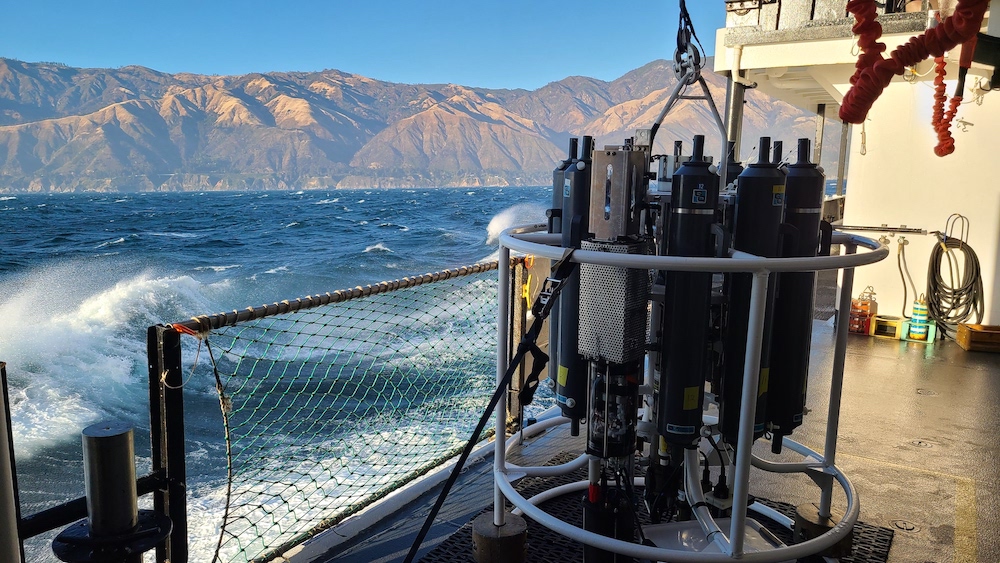Half of the world’s ocean may experience marine heatwave conditions by September, experimental forecast predicts
As scientists around the world sound the alarm about record sea surface temperatures, a new experimental NOAA forecast system predicts that half of the global ocean may experience marine heatwave conditions by the end of summer.
The surface temperatures of about 40% of the global ocean are already high enough to meet the criteria for a marine heatwave — a period of persistent anomalously warm ocean temperatures — which can have significant impacts on marine life as well as coastal communities and economies. The new forecast by the Physical Sciences Laboratory (PSL) projects that it will increase to 50% by September, and it could stay that way through the end of the year.
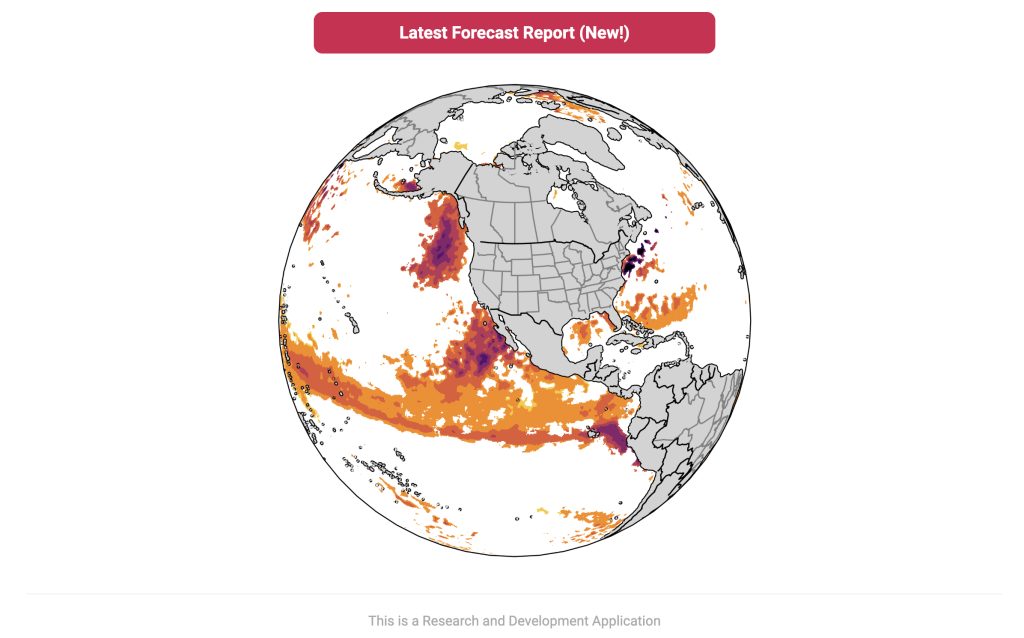
“No doubt, we’re in hot water,” said Dillon Amaya, a PSL research scientist and a co-lead of NOAA’s June 2023 marine heatwave experimental outlook. “In our 32-year record, we have never seen such widespread marine heatwave conditions.”
Observations show marine heatwaves are occurring across vast regions of the planet, including: the tropical North Atlantic, the Northeast Atlantic along the Iberian coast as far northward as Ireland and the UK, the equatorial Pacific, the Northeast Pacific, the Northwest Pacific in the Sea of Japan, the Southwest Pacific just southeast of New Zealand and the Western Indian Ocean southeast of Madagascar.
“Normally we might expect only about 10% of the world’s oceans to be ‘hot enough’ to be considered a marine heatwave, so it’s remarkable to reach 40% or 50%, even with long-term warming,” Amaya said.
PSL scientists say there’s high confidence that the marine heatwave in the equatorial Pacific, where El Niño conditions are measured, will persist and intensify through the end of the year. The experimental PSL forecast also projects with medium confidence that marine heatwave conditions may develop beginning in spring 2024 along the U.S. Pacific Northwest coast, the region where the infamous three-year “Blob” extreme heat event devastated fisheries and disrupted marine populations.
The experimental forecast, which tracks the NOAA Climate Prediction Center’s official outlook, is based on a large ensemble of climate model predictions spanning June 2023 through May 2024.
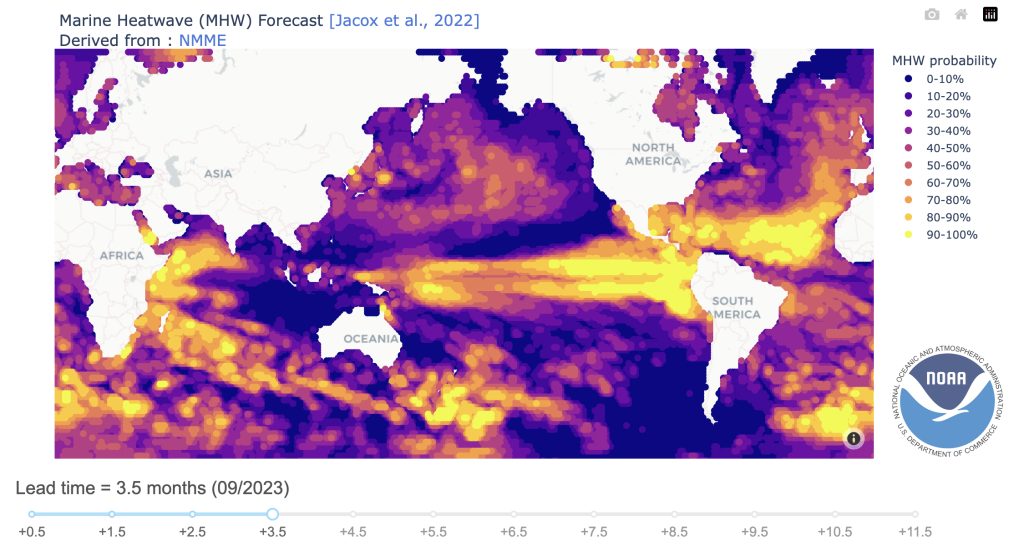

Marine heatwaves can disrupt ocean ecosystems and the coastal communities that rely upon them. Weeks, months, or years of unusually warm waters can cause mass die-offs of fish, marine mammals, and seabirds, disrupt food webs and fisheries, bleach corals, spur harmful algal blooms and wipe out seaweeds. Billions of dollars are lost in such events around the world each year.
Accurate marine heatwave forecasts can help fishing fleets, ocean managers, and coastal communities anticipate and prepare for the variety of impacts that occur during these events. NOAA PSL’s Atlantic marine heatwave forecast is particularly important because ocean heat is a critical source of energy for developing tropical storms, with more ocean heat generally contributing to stronger storms. The June forecast analysis finds a 90 to 100% chance the marine heatwave in the North Atlantic will continue at least through the end of August, and possibly into the fall. Long-lead forecasts are not usually as skillful in this part of the world, so predicting beyond August is a challenge, the scientists said.
“In a typical year, extreme ocean temperatures like these could mean stronger hurricanes with more rapid intensification,” Amaya said.
But this is not a normal year. El Niño is known to influence Atlantic hurricanes by increasing wind shear (i.e., how quickly the wind changes speed or direction with height) over the region. More wind shear typically interferes with developing tropical storms, essentially tearing them apart before they have a chance to intensify.
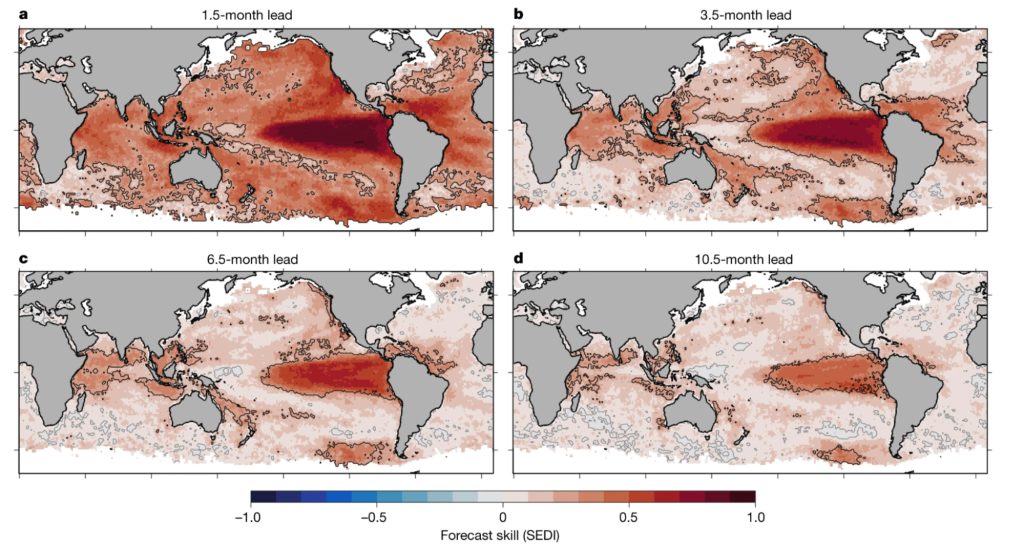

“With an El Niño developing alongside these extreme ocean temperatures, there are competing influences on potential Atlantic hurricane intensity,” Amaya says. “Only time will tell whether one process dominates or if they will cancel each other out and we end up with an average hurricane season.”
A marine heatwave is defined as a monthly regional sea surface temperature anomaly that ranks in the top 10% of warmest months compared with the 1991–2020 average. Long-term ocean warming trends also contribute to unusually high ocean temperatures, but even with the effects of long-term warming removed, models predict 25% of the global ocean will experience sharp upward departures from more recent conditions by September.
The PSL marine heatwave forecast is an experimental forecast, which means it is still in the research and development phase and is not intended to be used for decision-making purposes. An operational forecast, like the forecast products issued by the National Weather Service, has been tested and validated, has to meet strict requirements related to redundancy and reliability, and is intended to inform decision making.
The experimental NOAA marine heatwave forecasts are most accurate during periods influenced by the El Niño-Southern Oscillation, which is currently in the warm El Niño phase. They also have higher skill in areas with known ocean-climate patterns such as the Indo-Pacific region north of Australia, the California Current System, and the northern Brazil Current.
Regions like the North Atlantic (including the eastern seaboard) where El Niño has a limited impact and where local ocean processes are complex are difficult to predict, the scientists said.
“Even though these forecasts are currently experimental, they have a lot of potential value to stakeholders,” said Michael Jacox, a member of the PSL research team who also works with the Southwest Fisheries Science Center. “By making predictions in real-time we can better test their performance, and also start to build trust with people who could potentially use this information.”
For more information, contact Theo Stein, NOAA Communications: Theo.Stein@noaa.gov
